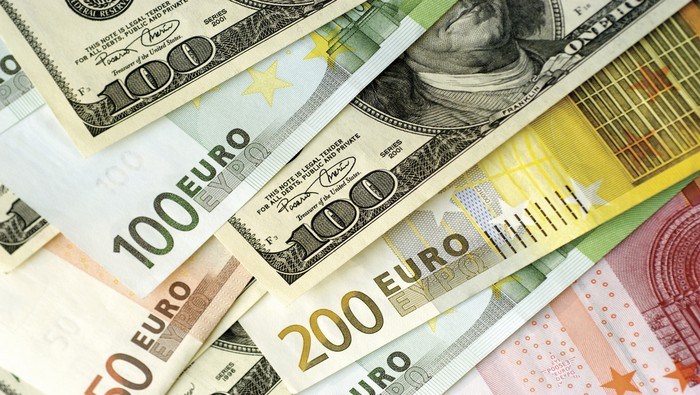Friday’s US economic docket highlights the release of monthly retail sales figures for Apri, scheduled later during the early North American session at 12:30 GMT. The headline sales are expected to have risen 1.0% during the reported month, marking a sharp deceleration from March’s impressive 9.7% growth.
Sales excluding autos are also projected to increase by a modest 0.7% in April. Conversely, the closely watched Retail Sales Control Group are anticipated to decline by 0.2% as compared to the previous month’s strong reading of 6.9%.
Given the aggressive pace of vaccinations, the gradual rollback of restrictions and lower forecasts, the actual figures could surprise positively. A stronger strong report will be seen as fresh evidence that inflationary pressure is rising in the US and will persist. This will further fuel speculations that the Fed could hike rates sooner than its current guidance, despite largely soothing words from the Fed officials. Markets will react with a more hawkish view on the Fed’s future policy stance, pushing the US bond yields higher in tandem with the US dollar.
Meanwhile, Yohay Elam, FXStreet’s own analyst offered a brief technical outlook for the EUR/USD pair: “Momentum on the four-hour chart has turned negative, but the currency pair has managed to surpass the 50 and 100 Simple Moving Averages (SMAs). Euro/dollar seems to be looking for a new direction.”
Yohay also provided some important technical levels to trade the major: “Some support awaits at 1.2075, which was a swing high in early May. It is followed by 1.2055, the weekly trough, and then by 1.2015 and the psychologically significant 1.20. Some resistance is at the recent high of 1.2110, followed by 1.2150, April’s peak, and then by the current month’s top line of 1.2180.”
o US April Retail Sales Preview: Inflation dynamics to drive USD valuation
o EUR/USD Forecast: Only a dead cat bounce? US Retail Sales may trigger a downfall to 1.20
o EUR/USD to enjoy a slight upward bias whilst above 1.1999/86 – Credit Suisse
The Retail Sales released by the US Census Bureau measures the total receipts of retail stores. Monthly per cent changes reflect the rate of changes in such sales. Changes in Retail Sales are widely followed as an indicator of consumer spending. Generally speaking, a high reading is seen as positive (or bullish) for the USD, while a low reading is seen as negative (or bearish).





